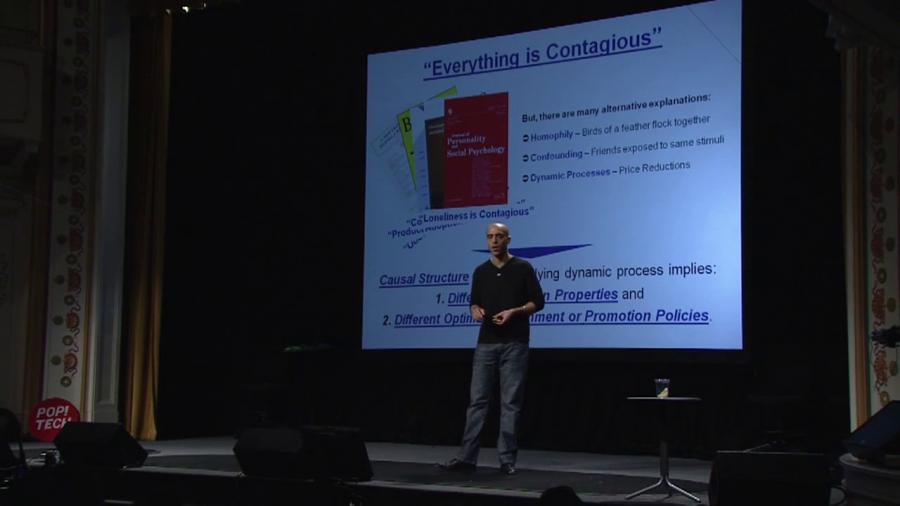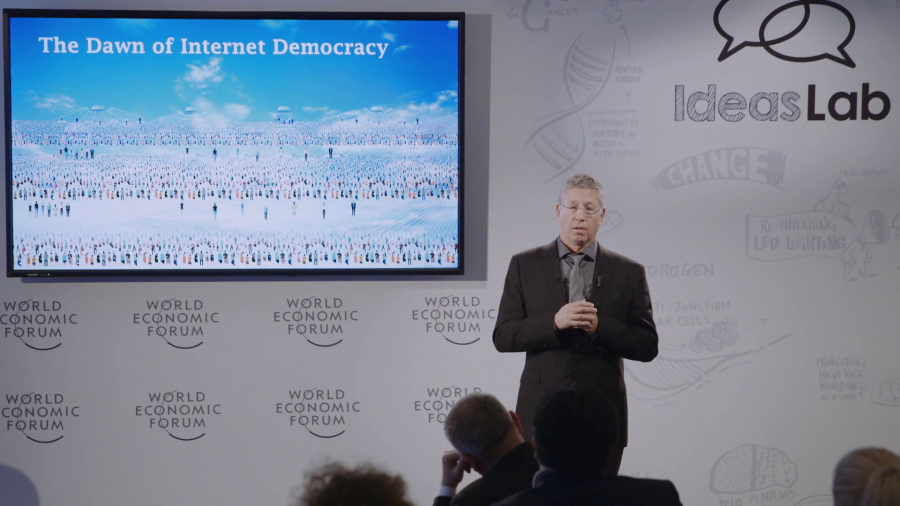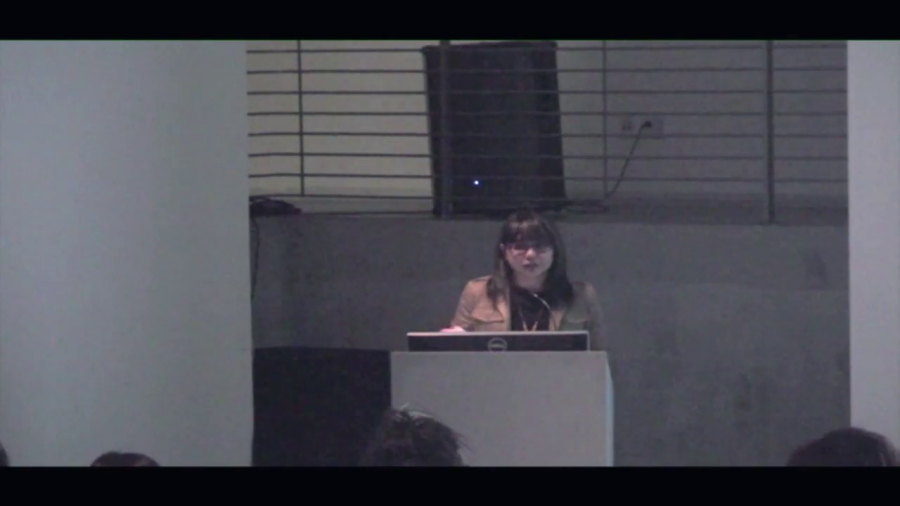I could ask you questions about where your customers buy products, or what sort of products they buy. And you could give me very detailed answers. But I could ask relatively similar questions about what goes on within your company that you can’t answer.
Archive

The reason that I am interested in behavioral contagions is that I firmly believe that if we can understand how behaviors spread in a social network and thus in a population from person to person to person to person, that we could potentially promote behaviors like…condom use, or tolerance.

My main point is that Internet technology today does not support the right of assembly, and therefore it cannot and does not support democracy. The reason is that even though we can easily form groups on Google, Facebook, you name it, we don’t know who the people on the group are.

When we think about network graphs and we talk about how the network effects that make up an important part of how social movements and how information is distributed online, there’s this assumption in those visualizations that every node in that network is equal. But very often, and you can slice data in many different way, the languages that we speak actually limit the networks that we have access to and that we’re interacting with.


